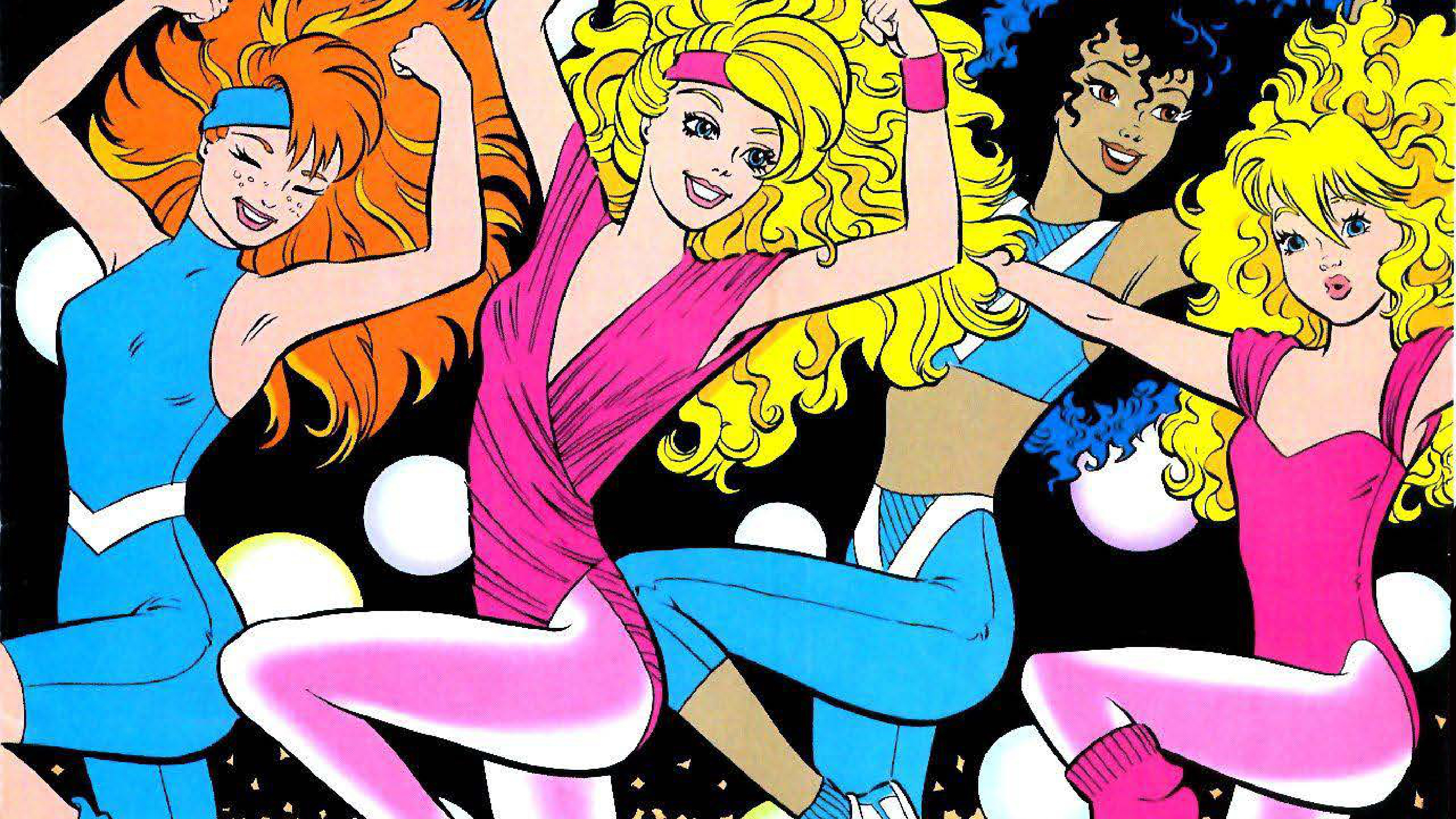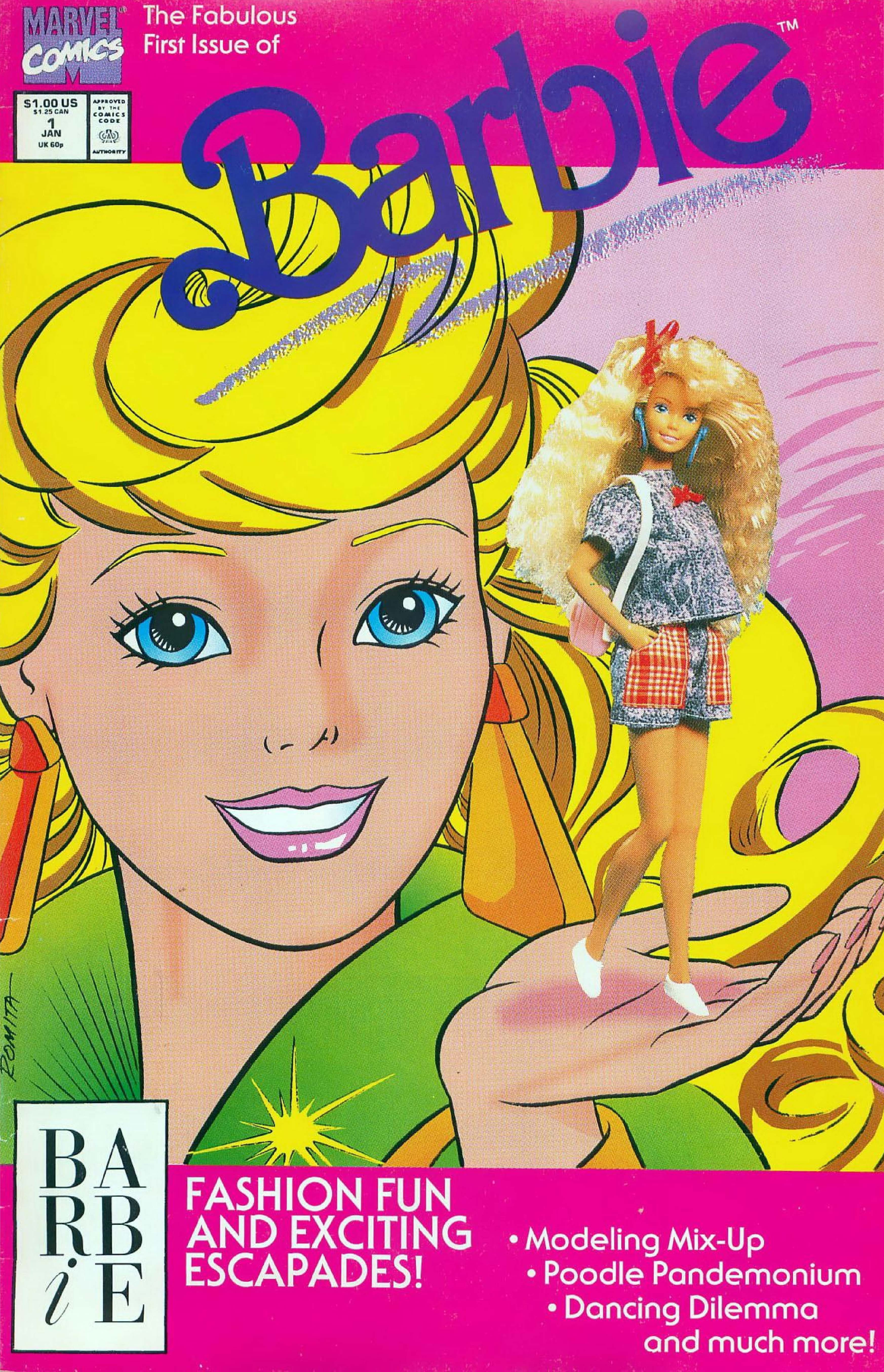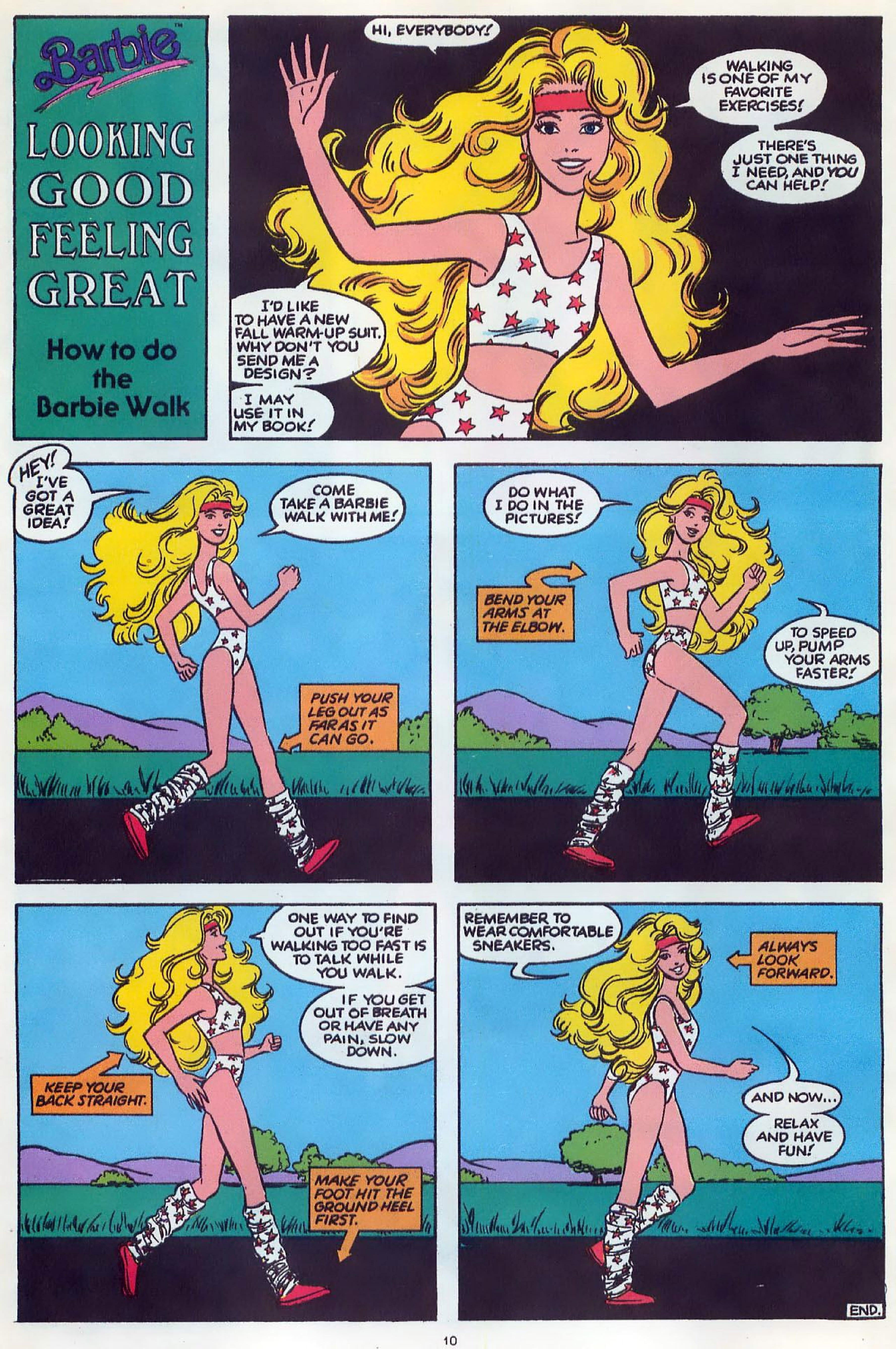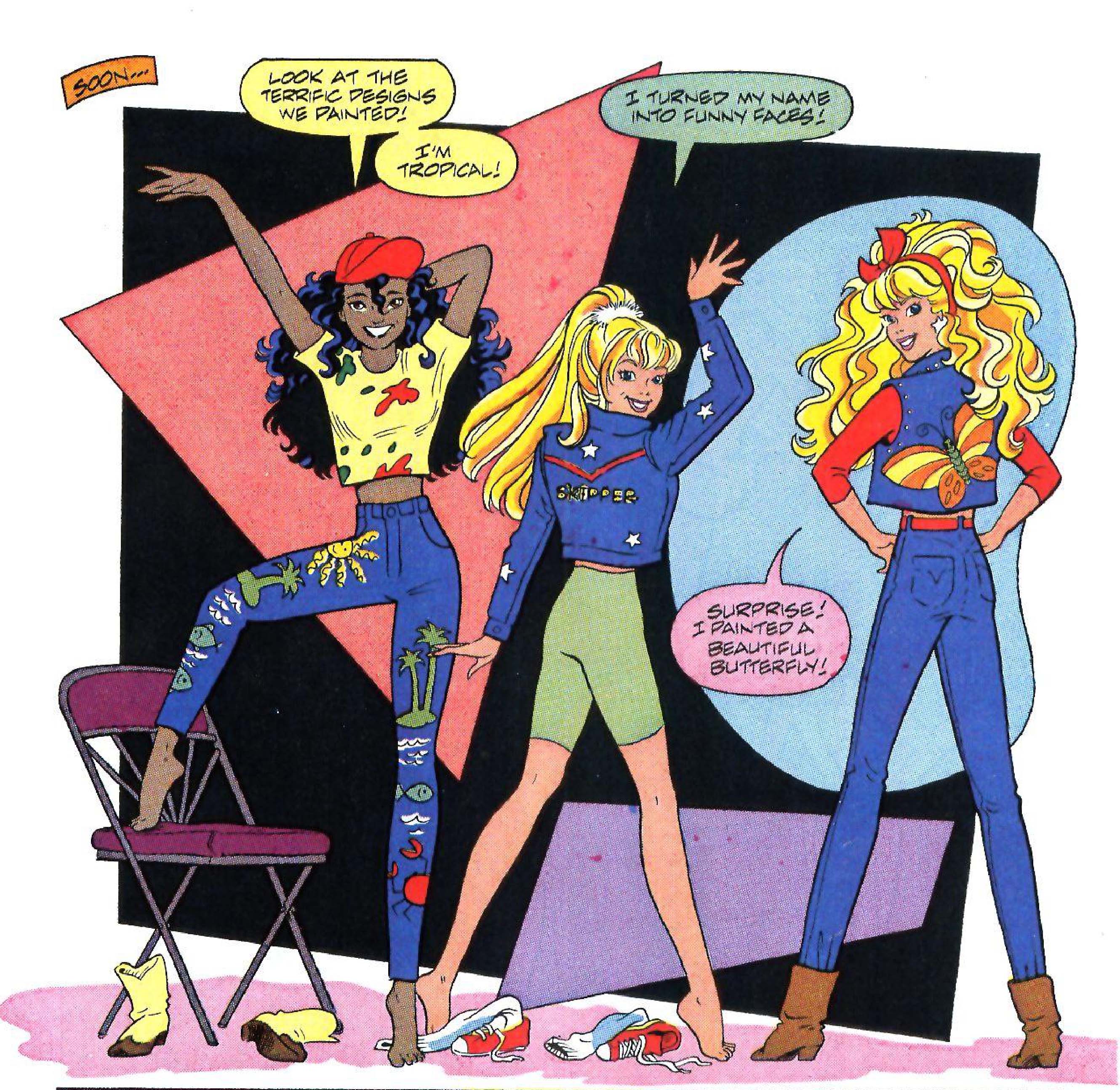Marvel's Barbie comic was a delightful oddity
Looking back at Barbie and Barbie Fashion

Greta Gerwig's extremely fun-looking, Margot Robbie-starring, Barbie movie is almost upon us and it feels like the whole world is currently in the throws of Barbiemania – including us.
It probably comes as no surprise that there was, at the height of the character's popularity in the '90s, a Barbie comic - but did you know that it was published by Marvel? That raises the tantalizing question, "What number Earth does Barbie live on in the multiverse?"
In fact, Marvel published two Barbie titles, both starting in 1991 and both, more-or-less, featuring the same sort of content. The regular book, simply named after its lead character, featured comic strips in which our hero and her many friends – usually sister Skipper and Barbie's boyfriend Ken – get into various adventures. Companion title Barbie Fashion is basically identical, but with a slight focus on style and how the characters look.

Barbie #1 came polybagged with a free "Barbie Credit Card" (a confusing endorsement of capitalism given the nature of the issue's villain). Inside, Barbie and her other friends fall foul of Clarence C. Ment, a ruthless industrialist who wants to ruin the girls' fashion show because he's planning to turn the town into a shopping mall (quite how these two things are connected is, honestly, a little vague). In the backup stories, Barbie helps her friend Courtney as she deals with a crisis of confidence and looks after an annoying poodle named Sparky.
It's all wholesome stuff, gentle and lightly comedic, not a million miles away from the sort of thing you'd find in the pre-reboot Archie comics. The peril in her adventures is milder than mild and the characters, even the villains, are mostly good-natured. Barbie herself is a modern renaissance woman, a model and fashion designer who also plays in a band (Barbie and the Beat) and who, in #55, wins "the biggest trophy of the Venice Film Festival" for her documentary about "cats and the ladies who love them". She's inspirational, ambitious and unfailingly kind to her friends.
The strips for both books were written by a small team, mainly Lisa Trusiani, Barbara Slate and Eisner Award Hall of Fame member, Trina Robbins. Art for the books came from a larger talent pool, including such notables as Amanda Conner, Mary Wilshire, June Brigman, Anna-Maria Cool, and more. With a few exceptions the core creative team was made up almost entirely of women.

As well as the stories, there was also a strong educational element to the comics which, while well-intentioned, wasn't always quite on the money.
Comic deals, prizes and latest news
Get the best comic news, insights, opinions, analysis and more!
The first issue teaches you how to strut like Barbie – simple enough, though presumably most kids old enough to read a comic also understand the concept of walking. The later issues get increasingly esoteric, teaching how to responsibly react if you find a baby bird, how to host a "funny Olympics" party, and how to rescue a dog from a frozen pond. Somewhat terrifyingly, the answer Barbie comes up with for that one isn't, "For god's sake, don't go on the ice!", but to form a "human chain" and put multiple children at risk. Kids: don't listen to Barbie in this instance.
More helpful were explainers on Greek and Egyptian mythology, food nutrition, and the regular Craft Shop segments.

Barbie ran for 63-issues, and Barbie Fashion for 53. There were a couple of specials too, but the run of the books was short-lived compared to the enduring popularity of the toys. A monthly Barbie magazine was launched by Kennedy Publishing in 2018, and contains some stories, but is more focused on puzzles, games and cover-mounted gifts.
It's easy to make fun of Marvel's Barbie books today, with their odd mix of arts and crafts, adventure, and moralizing. But revisiting them today, they're also full of charm and heart. Barbie's hyper-competence is no more unbelievable than, say, Bruce Wayne's – in fact, she's a far more plausible fantasy than a good billionaire. And there's something genuinely sweet about both the educational aspect of the comic and its interactivity. Kids could send in drawings of outfits and one of Marvel's expert pencillers would transform it into an official Barbie look – how cool is that?
The letters page, too, is a delight, full of childlike declarations of loyalty to their plastic pal, and occasional bouts of angst (Meg from Danbury, Connecticut, we hope you patched things up with your sister). While Barbie and Barbie Fashion are unlikely to ever be held up as the pinnacle of the medium, they're fun and will have been many readers' first experience of buying and loving a comic book.
Now, where are all the Oppenheimer comics at?
Barbie isn't the only comic based on a toy line. Find out about the new Energon Universe, based on Transformers and G.I. Joe here.

Will Salmon is the Streaming Editor for GamesRadar+. He has been writing about film, TV, comics, and music for more than 15 years, which is quite a long time if you stop and think about it. At Future he launched the scary movie magazine Horrorville, relaunched Comic Heroes, and has written for every issue of SFX magazine for well over a decade. His music writing has appeared in The Quietus, MOJO, Electronic Sound, Clash, and loads of other places too.


